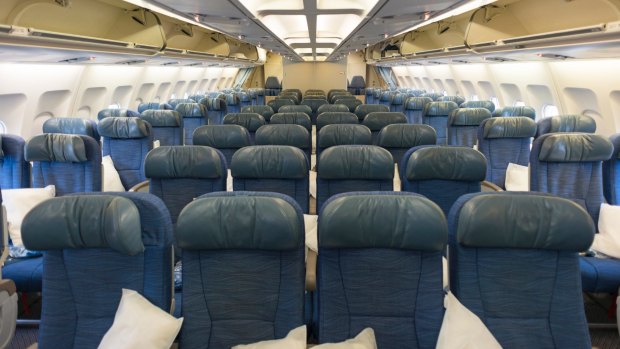This was published 8 years ago
Why is seat pitch in inches, not centimetres?

If seat pitches were in centimetres, we'd probably be horrified.Credit: iStock
It's a reflection of the behemoth that is US aviation, and the US still thinks and measures in feet and inches.
In its aircraft manufacturing industry and all the ancillary production that feeds into that, and in the number of its flyers and the size and number of its airports, the US is the biggest blimp in the skies.
Despite the rise of aircraft manufacturers in regions that use metric measurements – for example Europe's Airbus – inches have stuck around.
Another reason they have is the US domination of air travel review sites such as Seat Guru, which uses only inches to describe airline seat dimensions.
Besides the US, the only countries that still use imperial measurements are Myanmar, Liberia and for just a few purposes, Britain.
Australia has used metric measurements since 1970 and to the generations that have grown up since, the merits of a 32-inch seat pitch over a 28-inch are probably opaque.
However, express that four inches as 10cm of plus or minus leg room and the difference probably resonates for those generations.
Another incongruity – as well as seat pitch, the seat-back screens on aircraft are also commonly expressed in inches, just like the screens on most satnav devices and iPhones.
Maybe it's time for a change?
Sign up for the Traveller newsletter
The latest travel news, tips and inspiration delivered to your inbox. Sign up now.